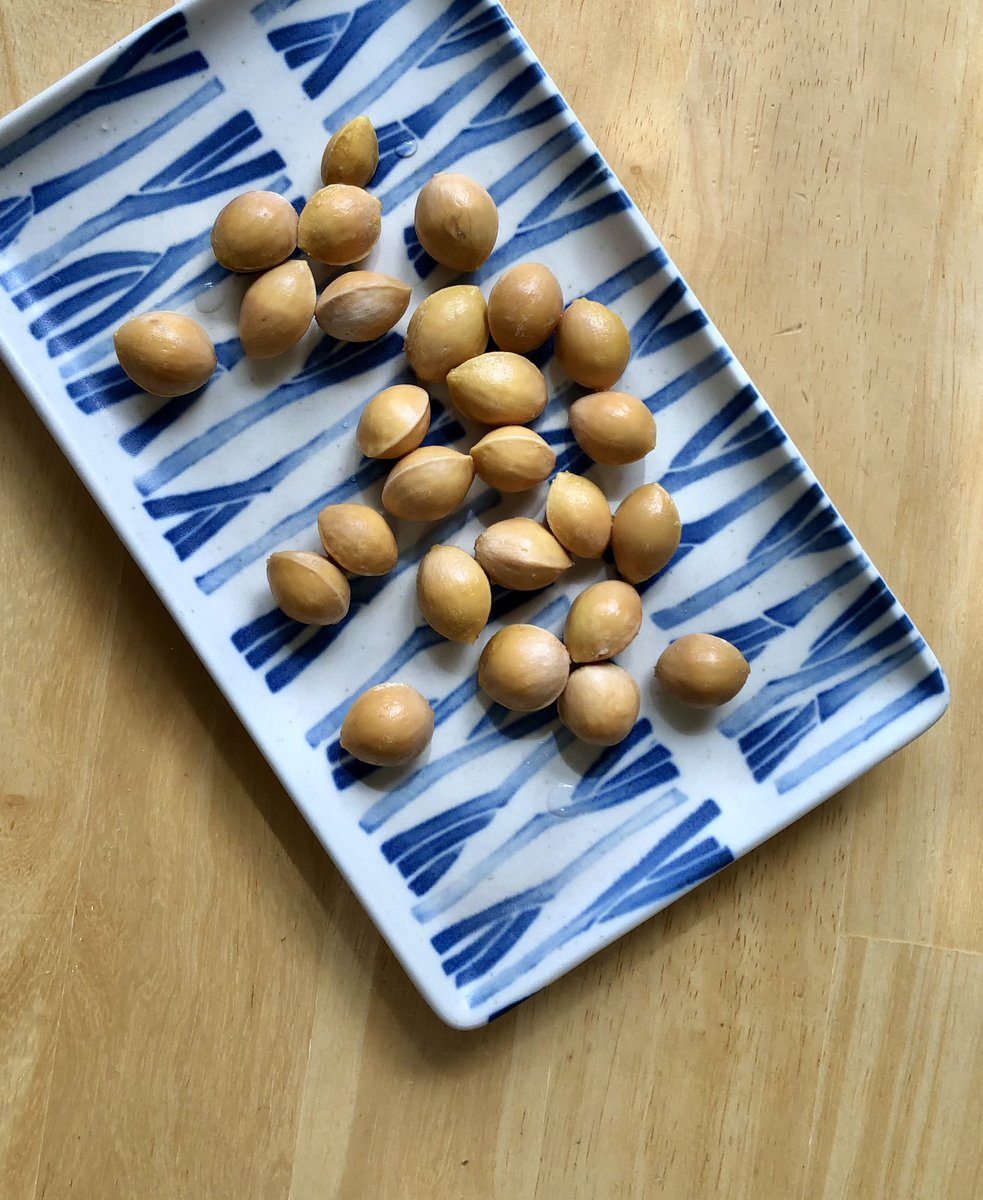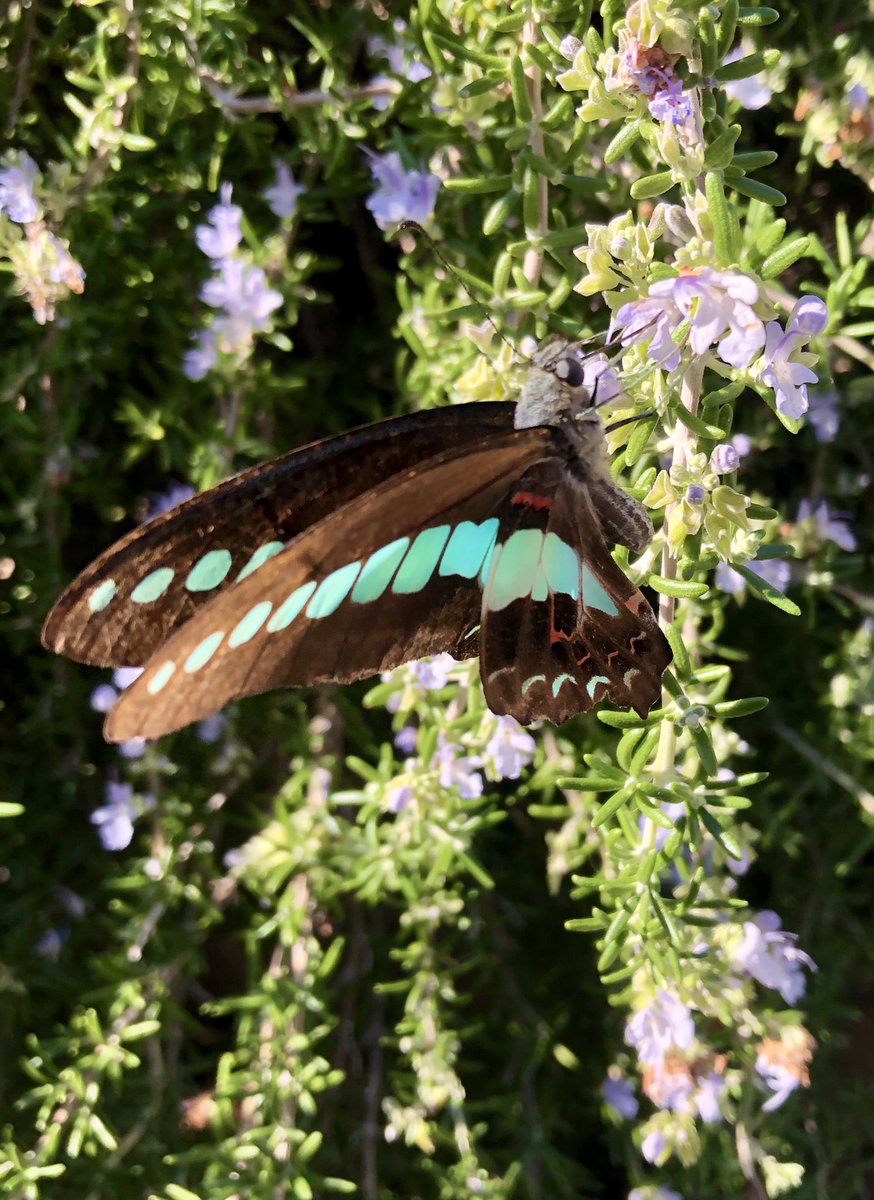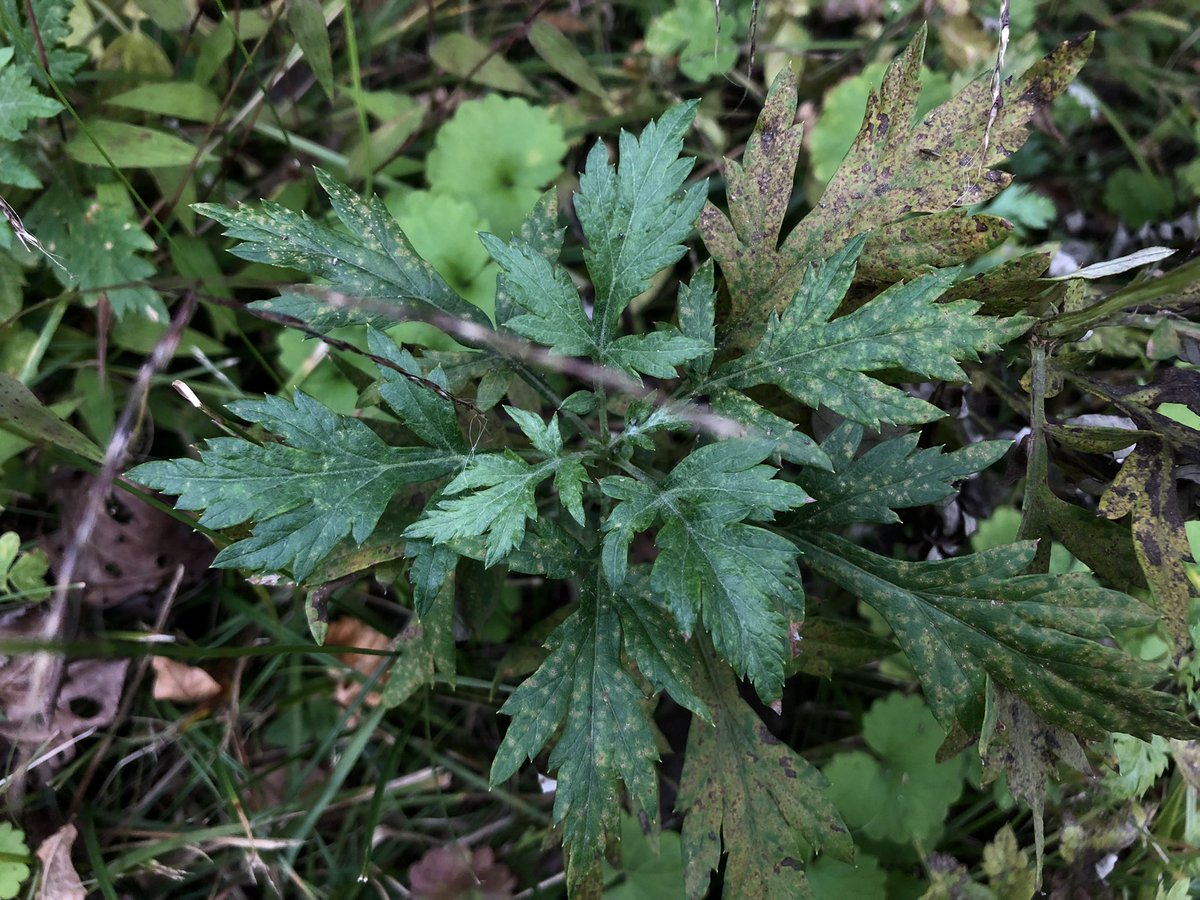Foraging trip today. Great work for children. Here's five minutes of Juglans ailantifolia, Japanese Walnut (lit. demon walnut, onigurumi, on account of its devilishly hard shell). In most of them the husk had completely rotted away saving us much labor. 

Another bonus of waiting until the husk has rotted away is that you let squirrels have the first pick (they tens to go for the smaller ones you don't want anyway with a thinner shell). Here are empty walnut shells discarded underneath a tree with a squirrel nest. Squirrel tracks! 

Here's a large stand of egoma (Perilla frutescens, or Korean perilla). The leaves are great in salads, as garnish or as tempura or in sauces. A couple of weeks more and they'll be seeding: makes for good lamp oil! All indoor lighting in Japan used to be egoma oil until 19th c. 

Here's Dioscorea japonica, or Japanese mountain yam. They'll be ready in a month or so. Follow these heart shaped vines to the earth and dig a meter and you'll find the most wonderfully nutritious yams. For free. The seeds are also edible/yummy. 

Bonus: here's a pair of Atractomorpha sinensis or lata (I couldn't get close enough to tell). Called ombubatta in Japanese (lit. "carrying on your back grasshopper"), because the larger female often carries around the smaller male on her back. 

Very rarely can you spot a walnut by sight. You have to walk to around barefoot or with thin soled shoes (no sneakers) to find them by "touch". Can you spot the walnut here? It is impossible! But if I move the grass around a little, you'll see it almost buried in the soft ground. 



Higanbana (Lycoris radiata) red spider lily. Nearly bloomed over here in Tokyo but some holdouts still remain. 

Ginkgo nuts from the female Gingko biloba. I picked these from the ground, soaked in water, peeled, dried, washed again (first photo), slightly cracked open and roasted in a pan with salt water. Absolutely delicious. Not too different from pistachios. Very healthy in moderation. 





Today's foraging trip: a large batch of fresh Glechoma hederacea subsp. grandis, a herb of the mint family. Called Kakidooshi in Japanese, it is delicious in salads and soups, but also taken anti-inflammatory, in pediatric epilepsy, as tea for dieting, against diabetes etc. 

Common bluebottle (Graphium sarpedon) feeding on rosemary flowers (garden!), and what looks like a cabbage white or small white feeding on Goldenrod (invasive, not too well read on either of these two). 



Yomogi (Japanese Mugwort) a.k.a. the Queen of Herbs. Edible, nutritious, and with tons of medical uses, especially for women, hence it's genus name of Artemisia, from the Greek goddess of childbirth. A perennial traditionally picked in May and eaten in rice cakes and sweets. 

Yomogi is also a key ingredient in an incredibly unlikely Japanese recipe for gun powder that was manufactured in secret hidden underneath hearths in remote rural villages and transported on secret roads to make sure that no-one knew what was being made, how it was made or where. 

• • •
Missing some Tweet in this thread? You can try to
force a refresh




































